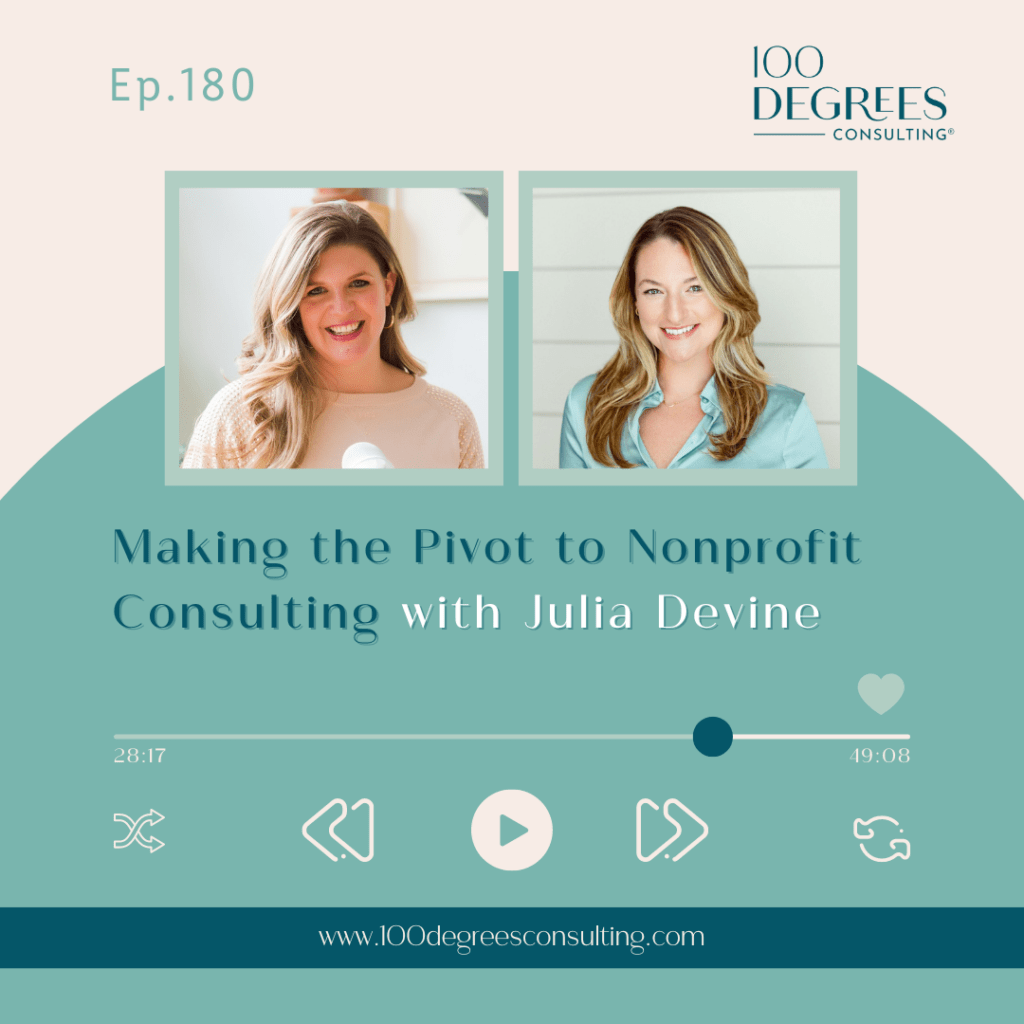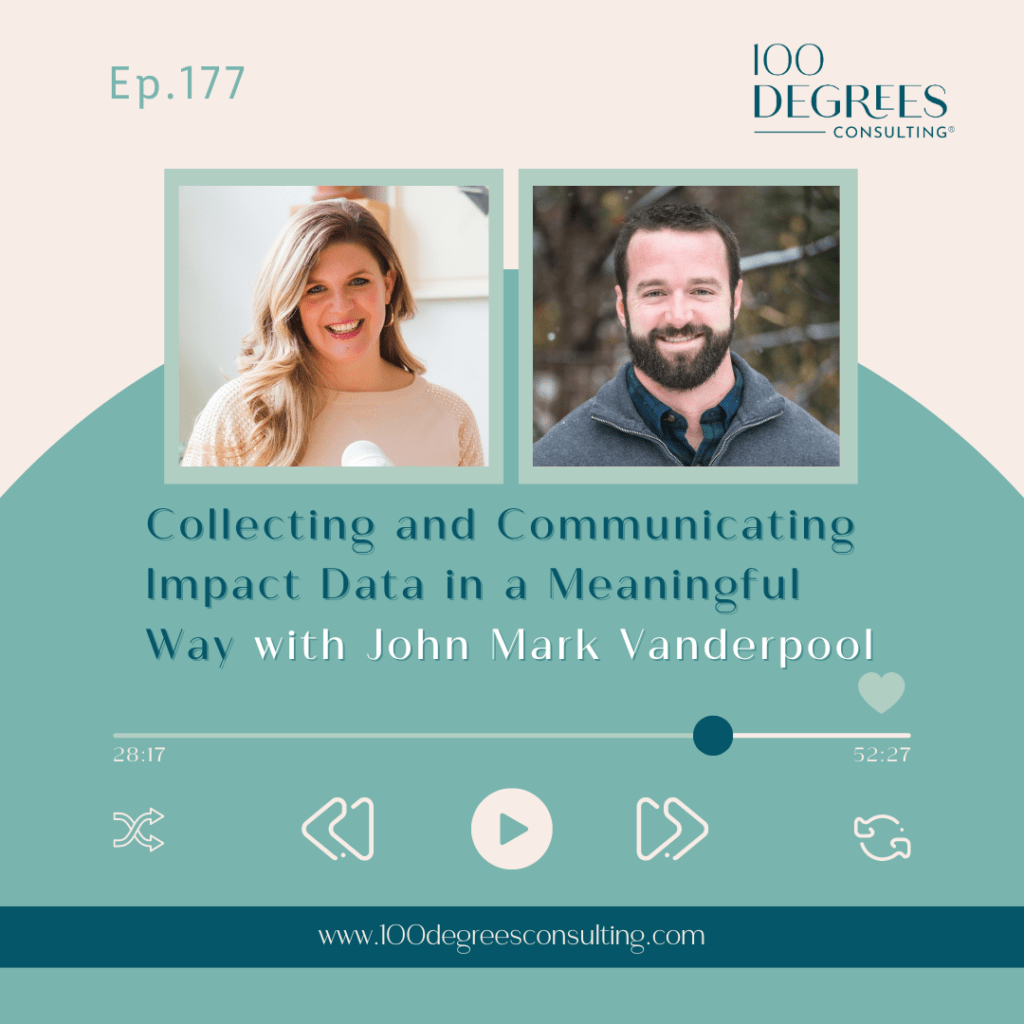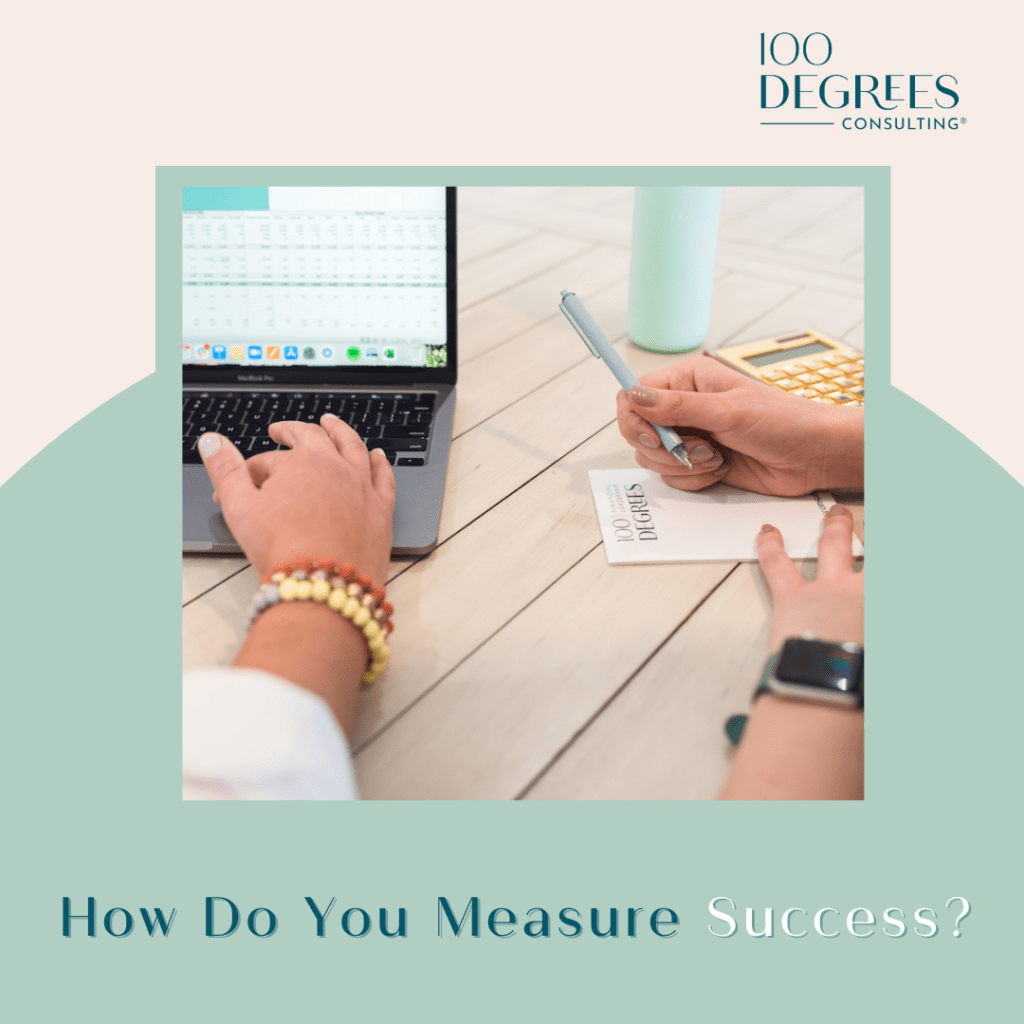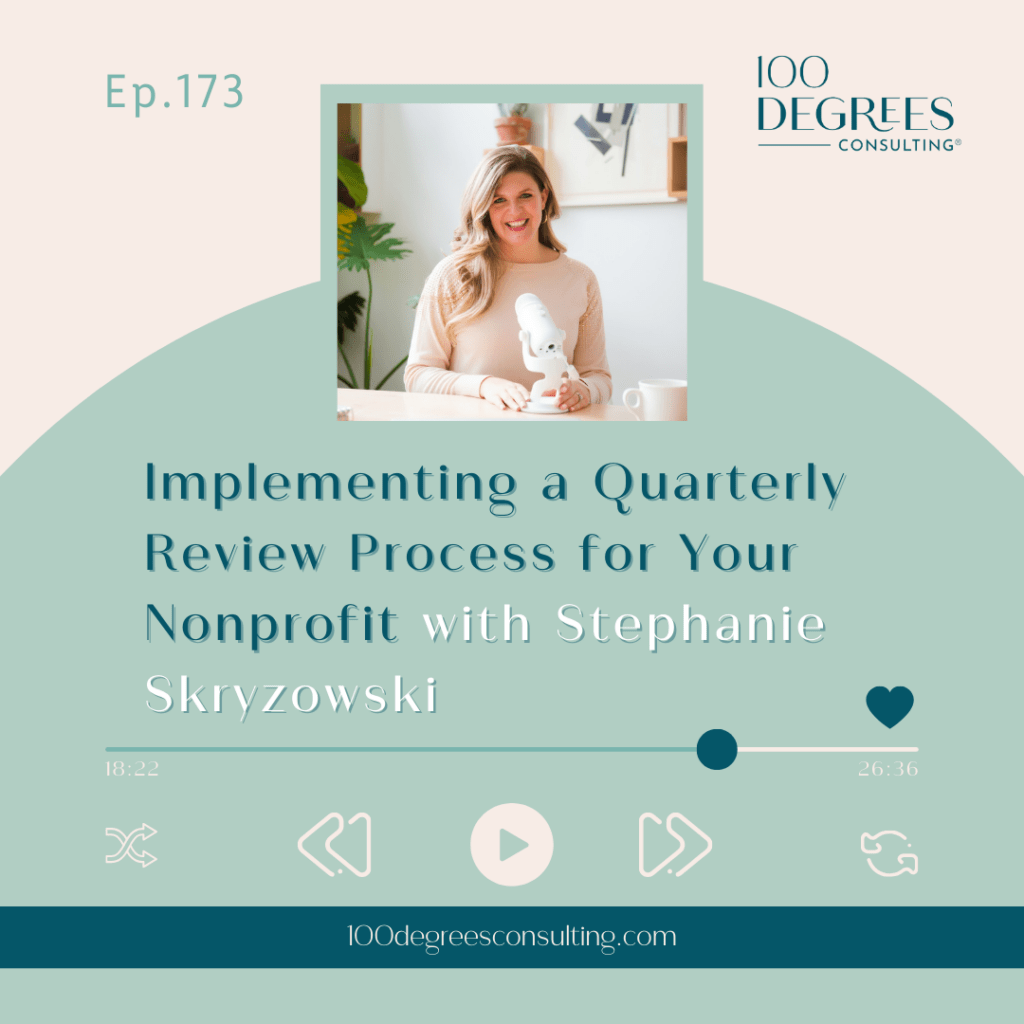
If we were having coffee together today (well, tea for me!), I’d tell you that I’m training to run a marathon right now. It’s my first road race of any sort in nearly a decade – I completed 7 marathons in my 20s and replaced running with multiple IVF treatments, 2 pregnancies, 2 births, raising two little girls, and building a business. So it’s not like I haven’t been busy, but as the clock struck midnight turning the calendar to 2024, I felt like it was time to set a big (BIG) goal for the year.
When you train for a marathon, you typically do a few shorter runs each week, then one long run, increasing the distance each week until the long run is about 22 miles. I don’t know why training plans never have you running the full 26.2 – I guess they just assume adrenaline and/or delirium will help you finish those last 4.2 miles to cross the finish line on race day.
At this point, I’ve increased my long runs up to 14 miles, most of which I have done on the treadmill. (Thank you, Western New York winters). I spend the time reading on my iPad, watching a show, listening to a book, or praying vigorously that my children don’t try to make lunch or do something else equally destructive upstairs while I’m huffing and puffing on the machine for 2+ hours.
Running long distances is totally a mental game. I spend the majority of the time doing math – calculating how many miles are left, how much faster I could finish if I clicked up the speed by 0.1.
But that’s kind of my problem. I’m constantly looking at where I am in that moment compared to the goal ahead of me. It can feel like I’m never going to make it because the distance between me and that big goal feels like eons away.
What if I flipped it? What if I focused on how far I had come from the starting line instead?
How much more motivating would it be to think: OMG, I’ve already run SIX WHOLE MILES! It’s the furthest I’ve ever gone! And now I’ve run 6.4 miles! And THAT is the furthest I’ve ever gone! And now 6.9 miles! Now I’m at 8.2 miles!
Much better than the countdown to a finish line that seems to be further and further away with every single step.
Now think about your work.
How often are you measuring your progress against a massive goal rather than from your starting line?
Let’s say you have a fundraising goal of $100,000 this year, but halfway through the year you’ve only raised $30,000. You could focus on how incredibly far away from the original goal you still are, leading to feelings of frustration and despair.
Or you could celebrate the $30,000 and the impact it will have on those you serve, giving you more energy to think about creative new ideas to raise the additional $70,000. You could share success stories, highlight the tangible impact of your work, and express gratitude, inspiring donors and fostering a sense of community around your cause.
By shifting your focus from the shortfall to the gains you’ve made, you cultivate a more positive and resilient fundraising culture, ultimately leading to increased support and sustainable growth.
Are there any parts of your work or life where you’re constantly focused on the giant goal ahead, rather than the incredible progress you’ve made? Rep
BTW – This idea of the gap and the gain came from the aptly titled book, The Gap and the Gain, by Dr. Benjamin Hardy and Dan Sullivan. Definitely worth a read!
PS – Looking to build a strong revenue model and develop sustainable forecasting strategies for your organization? Download our Cash Flow Template to make forecasting a consistent part of your financial management, build a solid cash reserve, and ensure your organization’s sustainability!



















